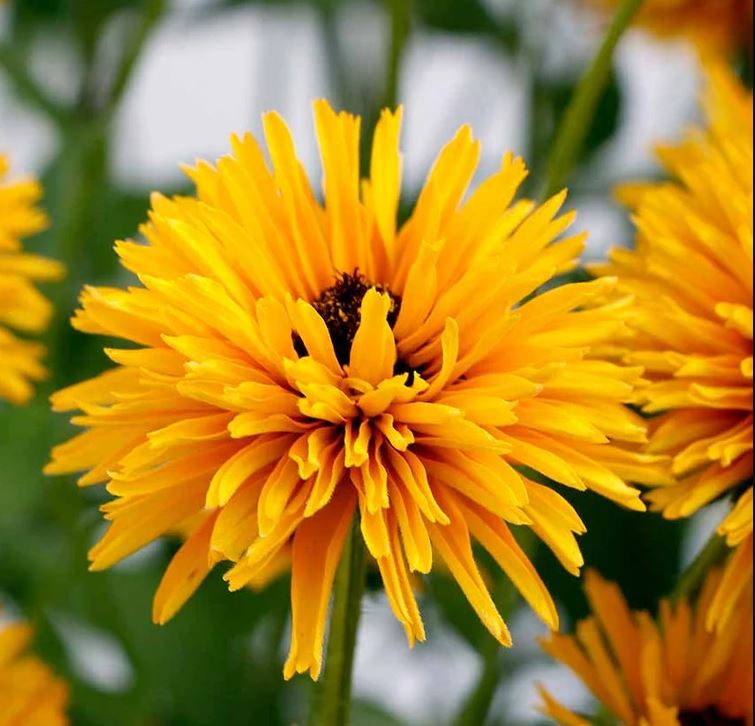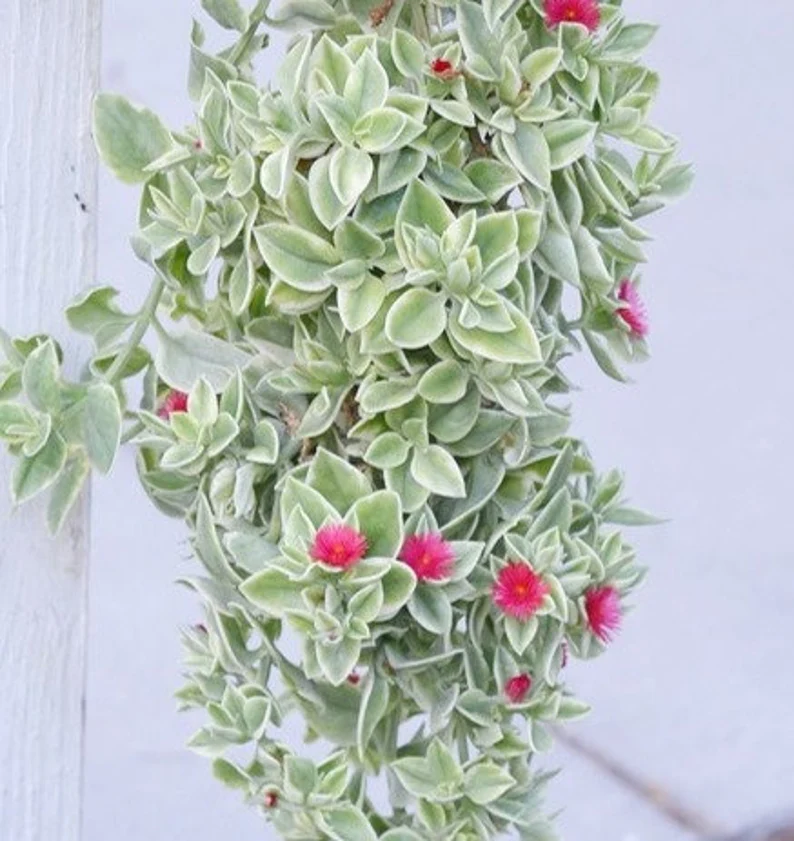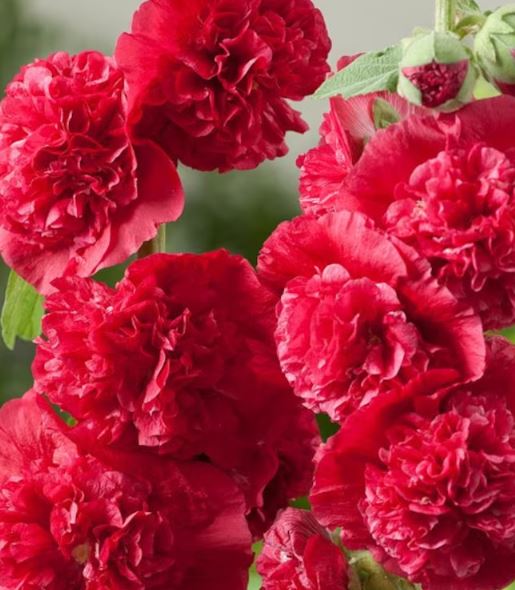
Welcome to the Fuzzy Black Eyed Susan Guide
Fuzzy Black Eyed Susan
Furry Black Eyed Susans are one of the most popular wildflowers in North America. Not only are they beautiful, but also they are incredibly resilient and easy to grow in most climates.
These flowers are part of the Rudbeckia genus and get their name from the fuzzy texture of their petals and the dark brown center, which resembles a black eye. The foliage is a deep green and the bright yellow petals make a striking impression against the dark center.
Furry Black Eyed Susans are native to the United States and Canada and can be found in the wild in meadows and fields. They are a hardy flower, capable of surviving in many different conditions. They prefer full sun and well-drained soil, but they will tolerate some shade and wetter areas as well. They are also quite drought tolerant and can survive in dry areas with minimal water.
These flowers are an excellent choice for gardeners looking for an easy-to-grow perennial. They are low maintenance and can be propagated by dividing the roots or by collecting the seed heads. They bloom from June to Septemeber and make excellent cut flowers for bouquets.
Furry Black Eyed Susans are a great addition to any garden or landscape. They attract butterflies and birds and are a great way to add some color to your outdoor space. With their bright yellow petals and dark centers, these flowers are sure to make a statement in any garden.
Care Guide
First, you’ll want to make sure the plant is in the right spot. The fuzzy black eyed susan prefers full sun, so choose a spot that gets at least 6 hours of direct sunlight each day. You’ll also want to make sure the soil is well-draining and not too moist. The plant is not a fan of soggy soil, so make sure you have a spot that won’t stay too wet.
Once you’ve found the perfect spot, the next step is to plant your fuzzy black eyed susan. Dig a hole that’s about twice the size of the pot and place the plant in the hole. Make sure the top of the rootball is level with the soil surface. Once you’ve done this, fill the hole with soil and water the plant.
The fuzzy black eyed susan won’t need too much maintenance once it’s in the ground. You’ll want to water it regularly and make sure it has enough nutrients. Fertilizing every few weeks during its growing season will help it stay healthy and vibrant. Additionally, you can deadhead the flowers as they die off to encourage new blooms.
The fuzzy black eyed susan is a great addition to any garden. With its bright yellow petals and fuzzy texture, it will bring a lot of joy to your summer days. Just be sure to give it the proper care and attention it needs and it will be sure to reward you with its beauty.




